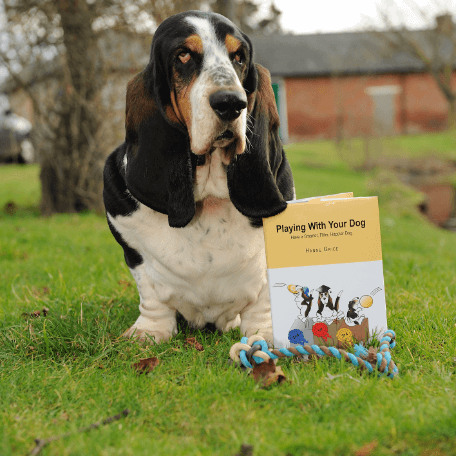Move over Michael Bublé, there’s a new crooner in town…
In 1871, Darwin noted sexual selection gave rise to the production of signals that included song, colouration or dances as a means of attracting mates; these were predominantly produced by males to attract females. Such behaviour patterns often provide information about the health or condition of an available male, which is referred to as the ‘good-genes hypothesis’ (Hamilton and Zuk, 1982). However, one study found females are getting in on the act too.
While scientists have long known that male mice use high-pitched calls to attract females, for the first time ever, research indicates female mice sing back. Scientists at the University of Delaware believe the female’s reply is a means of registering the male’s call and signals their interest in him. In essence, mice sing ‘love duets’ as part of their courtship rituals.
The researchers, led by neuroscientist Joshua Neunuebel, developed a complex array of microphones in a sound analysis chamber to pick up calls made by four mice – two males and two females. The sophisticated chamber was created because the voices of mice during these ‘courtships’ register in a range far beyond the reach of our human ears. According to Neunuebel, the highest range the human ear can detect is about 20 kilohertz, yet the high-pitched voice of a mouse registers at about 35 to 125 kilohertz.
Furthermore, the researchers noted that there are no obvious physical signs when a mouse is signing, hence the need for the development of the chamber to capture these specific animal signals.
So along with the sound system that was created, the team also developed analysis equations that allowed them to work out within 97 per cent accuracy, which sound came from which mouse; and this is what led the scientists to make the discovery that female mice sing back.
The data was gathered as the mice communicated with one another during chases – in which a male pursued a female. The study showed that females who responded vocally to a male’s song slowed down, making it easier for the male to catch up to them, whereas unresponsive females kept up their pace. Neunuebel suggests the song may be a way for the female mouse to indicate that she is interested in mating with her suitor.
Why is this research important?
Studying mouse communication and behaviour is important as it can produce great insight into brain mechanics and systems. It may also give researchers greater understanding into how the human brain works. Neunuebel says: “This work could lead to advances in understanding autism, for example, and deficits that may exist in the neural circuits of the brain that underlie social communication.”
Perhaps it’s time for a re-write of Beatrix Potter’s tale of Two Bad Mice which sees Hunca Munca and her husband Tom Thumb dueting on the X-Factor!
———————————–
What is communication?
In the broadest sense, communication is considered as any interactions taking place between an individual acting as a ‘signaller’, who delivers some information, be it about the signaller or the signaller’s environment, to another individual that acts as a ‘receiver’. The receiver uses this information to make a decision – this could be a change[s] in its behaviour or its beliefs. Every sensory channel can be used for communication, including those not easily accessible to us humans, such as the subtle secretion of pheromones from one animal to another.
References
Darwin, C. (1871) The descent of man and selection in relation to sex. John Murray, London, pp 56.
Hamilton, W.D., Zuk, M. (1982) Heritable true fitness and bright birds: a role for parasites? Science, Volume 218, Issue 4570, pp 384-387.
Neunuebel, J.P., Taylor, A.L., Arthur, B.J., Egnor, S.E.E., (2015) Female mice ultrasonically interact with males during courtship displays, ELife sciences, Issue 4.
Learn more about our classes

Get Hanne's Book
Playing With Your Dog will help any dog owner work out the games that are best suited for their pet to play throughout his life, from puppyhood to old age. The book also shares some tricks for all ages, group activities, and recommended toys that dogs will enjoy.

























